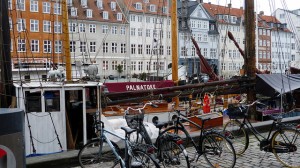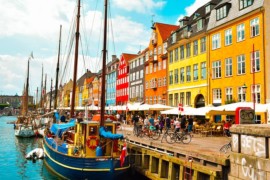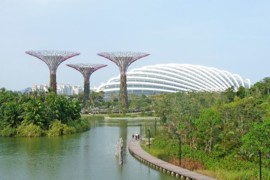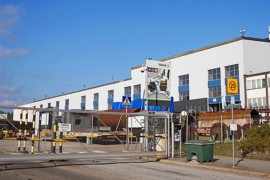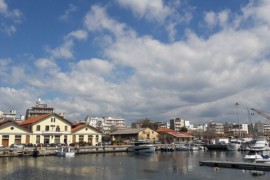DHC News continues its European tour of district heating networks and this time we will feature the Danish capital, Copenhagen. In Copenhagen, district heating supplies over 90% of the city’s buildings! This feat is made possible by strong public opinion and desire and also a dense network of diversified facilities. Presentation of an exemplary district heating network.
Copenhagen in brief
The city of Copenhagen is the capital and largest city of Denmark and has, according to the 2014 census, 569,557 intramural inhabitants. Its urban area – or county, in the Danish terminology – has around 1.95 million inhabitants.
Copenhagen has an oceanic climate, averaging 0 degrees in winter, with a record low of -24.2 ° C in 1942. In summer, the temperatures rise to an average of 16 ° C in July and August on – the highest ever recorded temperature was in 1975, which saw the mercury rise to 33.8 ° C.
A surprising feature of the Danish capital is that it has regular rainfall, with 8-10 rainy days per month throughout the year. There is a greater volume of rainfall, however, in summer (68 mm in July) than in winter (February 30 mm).
Obligatory connection to the heating network
A peculiarity of the heating network of Copenhagen is that it serves more than 90% of buildings in the city. This exploit was made possible by a decree published in 2000, which gave local local government the right to enforce mandatory connection to the district heating network for buildings, both new and old. The result of this decree is that CO2 emissions from buildings have dropped from 25 kg/m2 to 10 kg/m2 since 1980.
9 main production sites
To meet this high demand, the Copenhagen district heating network engineers had to work twice as hard. The network in the Danish capital was created following the oil crisis in the 1970’s and provides heat to more than one million people living in the eighteen municipalities that make up Greater Copenhagen. The network therefore heats about 50 million square metres of soil – the equivalent of 425,000 homes, with four district heating systems connected together to give a total capacity of 9600 GWh.
Where is the heat produced? The district heating network in Copenhagen is based on the organization and the efficient interconnection of multiple production sites:
- 4 waste incinerators, producing 400 MW ;
- 4 cogeneration facilities, which use different combustibles such as gas, coal, petrol, straw or wood, resulting in 1 800 MW ;
- a geothermal unit which produces 14 MW.
In order to manage peak demand, which can be a regular event in this city as it is occasionally exposed to very cold temperatures, several production units have been connected to the network. The pipeline network extends over 50 kilometres in and around the Danish capital. At maximum capacity, it can sustain a temperature of 120 ° C and an operating pressure of 25 bars. 26 exchange stations complement these facilities, enabling the transfer of heat to the local distribution network!
This relatively complex solution used in Copenhagen is based on a strong institutional commitment to reducing greenhouse gas emissions and to offering residents affordable and efficient heat. For all these reasons, Copenhagen’s district heating network is a model for all of Europe!


